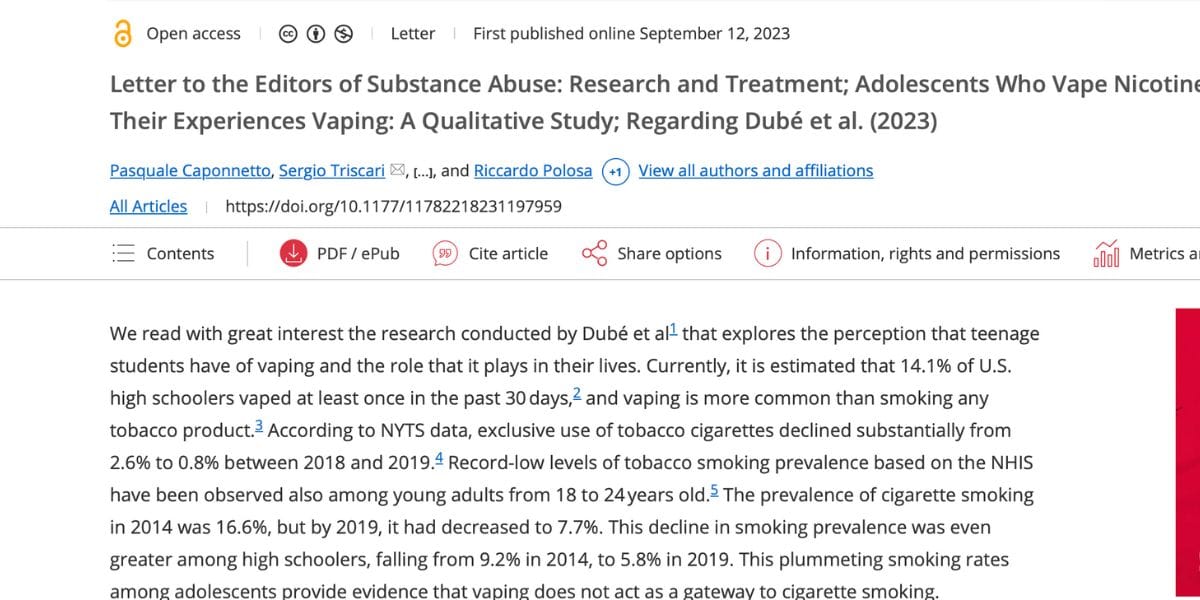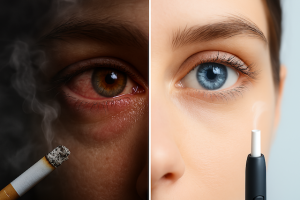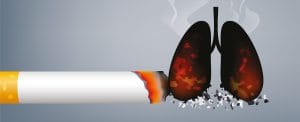Currently, it is estimated that 14.1% of U.S. high schoolers vaped at least once in the past 30 days and vaping is more common than smoking any tobacco product.
According to NYTS data, exclusive use of tobacco cigarettes declined substantially from 2.6% to 0.8% between 2018 and 2019. Record-low levels of tobacco smoking prevalence based on the NHIS have been observed also among young adults from 18 to 24 years old. The prevalence of cigarette smoking in 2014 was 16.6%, but by 2019, it had decreased to 7.7%. This decline in smoking prevalence was even greater among high schoolers, falling from 9.2% in 2014, to 5.8% in 2019.
Letter to the Editors of Substance Abuse: Research and Treatment; Adolescents Who Vape Nicotine and Their Experiences Vaping: A Qualitative Study; Regarding Dubé et al. (2023) is a new letter published on Sage Journal by CoEHAR members. In the publication, authors commented some limitations emerged in the research conducted by prof. Catherine E Dubé “Adolescents Who Vape Nicotine and Their Experiences Vaping: A Qualitative Study“: sample size, quality of information and emphasis on the psychosocial aspects.
The aim of a qualitative study is to ensure a large enough sample size to uncover a variety of perspectives, up to the saturation point. The authors must demonstrate that a study sample of 11 subjects is large enough to sufficiently describe the phenomenon of interest, addressing even more deeply the topic of research. Furthermore, the emphasis on the psychosocial aspects that induce vaping behavior is particularly interesting in the manuscript. The strength of the peer group and family emerges very strongly in the choices of adolescents and underlines, in line with the research of Dubé et al, the need to know deeply these dynamics in the world of youth.
According to prof. Riccardo Polosa, CoEHAR founder: “This small qualitative research simply found what we already knew: that young people are eager to explore new experiences, with vaping potentially being one of them. A critical limitation of this research is the absence of insights into how these participants have been educated about the health implications and addictive nature of nicotine/vaping. To work towards a smoke-free world, it’s essential that our messaging on vaping’s risk-to-benefit ratio is both accurate and truthful“.
Article available in Italian
Cite:
Caponnetto P, Triscari S, Vitale NM, Polosa R. Letter to the Editors of Substance Abuse: Research and Treatment; Adolescents Who Vape Nicotine and Their Experiences Vaping: A Qualitative Study; Regarding Dubé et al. (2023). Substance Abuse: Research and Treatment. 2023;17. doi: 10.1177/11782218231197959




